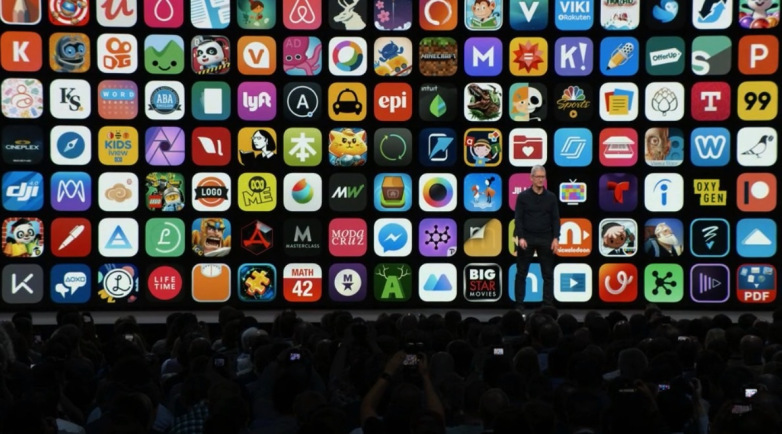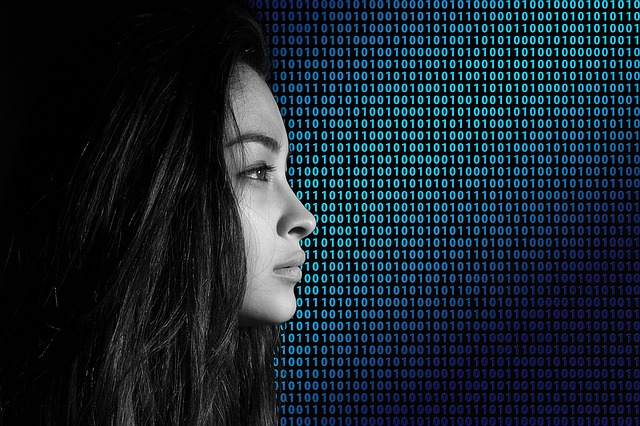Students: How to avoid Internet threats
College students are the active internet surfers. They search interesting information constantly. These young people use public networks more often than just about any other group of users online. These open networks are a very user-friendly. But unsecured networks may lead to severe troubles. You should be aware, the swindlers uses such networks for illegal goals. The Internet threats are a big problem today.
Unfortunately, the dozens of universities and colleges across in the world may be attacked via the network. It may lead to database security breaches. Even the database of Stanford had been hacked. In this reason, all students changed their passwords and security settings. Such cyber attacks may happen on unsecured networks of any kind, at home or at school. Usually, the hackers use internal IT vulnerabilities.
In addition to the threats posed by cyber criminals and malicious software, students need to know the amount of data they make available on their threats posed by social media misusers.
The cyberattacks fall into two major risk categories:
- Theft and Fraud! Hackers may gain access to your confidential information, including passwords, bank account, social security, and credit card numbers. It means the scammers may make unauthorized purchases. They will use your debit cards by accessing stored payment information with your login credentials. Nowadays, 12.6 million people were victims of identity fraud in the U.S.
- Stalking or Harassment! Usually, the most of the students publish lots of photos, posts on social media. Of course, such information is intended for close friends and family members.
However, you should be aware, cyber bully or stalker can use this personal information against you. This is a particularly large problem on college campuses. There you may face cyber bullying, social media hacking and other forms of online harassment. For these reasons, many universities, high schools, colleges use a new student conduct policies.





